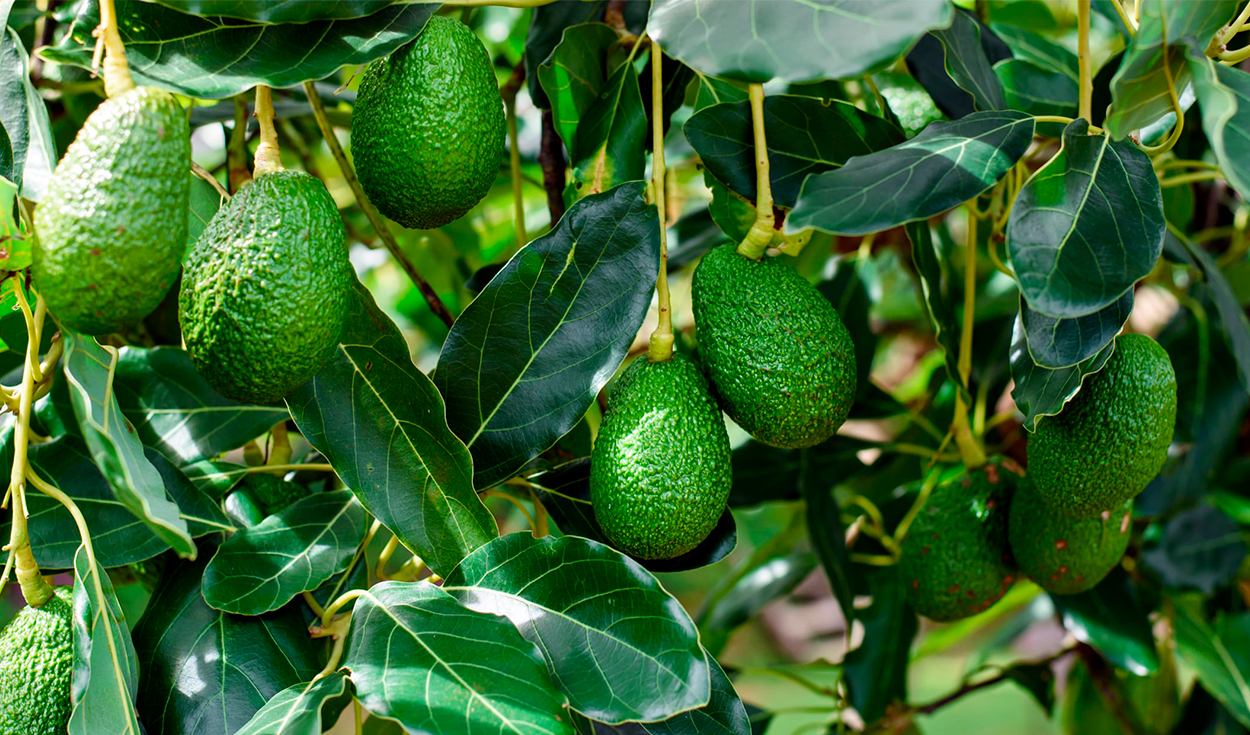
Hass avocado export expectations for this 2023 continue to shorten as a result of climate change. At the beginning of the year, it was expected to export 16% more than in 2022 (554,299 MT), but it would only reach 2%, that is, 566,763 tons.
“Our initial forecast was more or less around 16% more than what was exported in 2022, but unfortunately, with Cyclone Yaku and climate change in general, we have presented a problem, the avocado has not grown to the expected size, high temperatures do not help the fruit to grow. So, I think we are going to be between 1% and 2% more than last year”explained to The Republic Arturo Medina, general manager of ProHass.
Although the exports of this fruit were growing on average 10% per year, by 2024 it is likely that the growth will be very low or null, it all depends on the intensity of the phenomenon The boy.
On the other hand, it seeks to promote the consumption of Hass avocado in the national territory, since, of the 23,675 producers in total, 17,924 have less than one hectare. For a cost issue, it would be convenient for them to sell it in markets and warehouses in the country. According to ProHass, a Peruvian consumes 6 kilos of avocado per year, but only 300 grams is hass, most consume strong avocado. Therefore, the challenge is to promote the various ways to consume this fruit.
“We are not looking for people to replace the strong avocado, but rather to consume more avocado. In Chile its per capita is between 9 and 10 kilos, the United States is around 12 kilos, Mexico is between 12 and 14 kilos per person. So, go for them, to eat more avocado, but people also have to understand that there is more option besides bread with avocado. We can eat it in salads, ice cream, juices. There are many options,” says Medina.
Data:
- The regions that produce hass avocado are Piura, Lambayeque, La Libertad, Áncash, Lima, Huancavelica, Ica, Ayacucho, Arequipa and Cusco.
- More than 60% of what is produced is exported to Europe, a second destination is the United States (13%), and in third place Chile (10%).
Source: Larepublica
Alia is a professional author and journalist, working at 247 news agency. She writes on various topics from economy news to general interest pieces, providing readers with relevant and informative content. With years of experience, she brings a unique perspective and in-depth analysis to her work.











